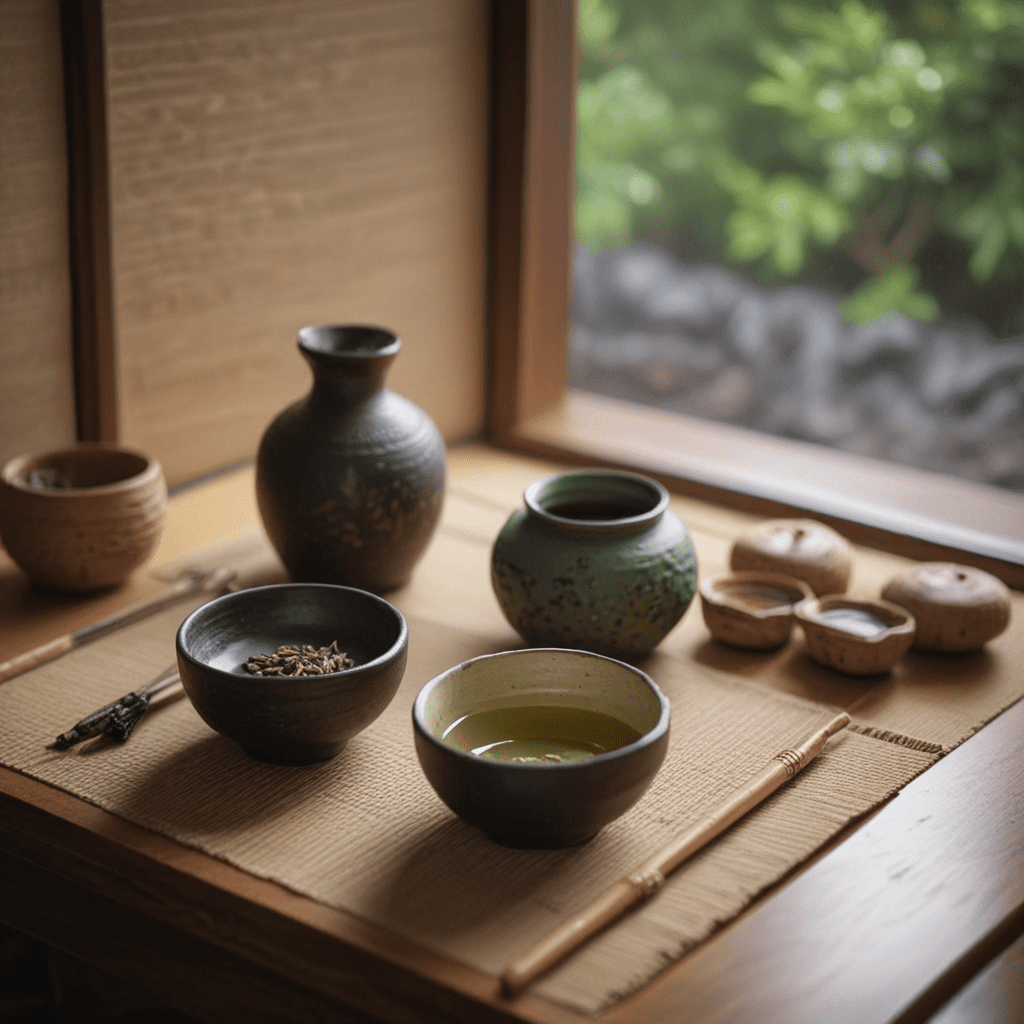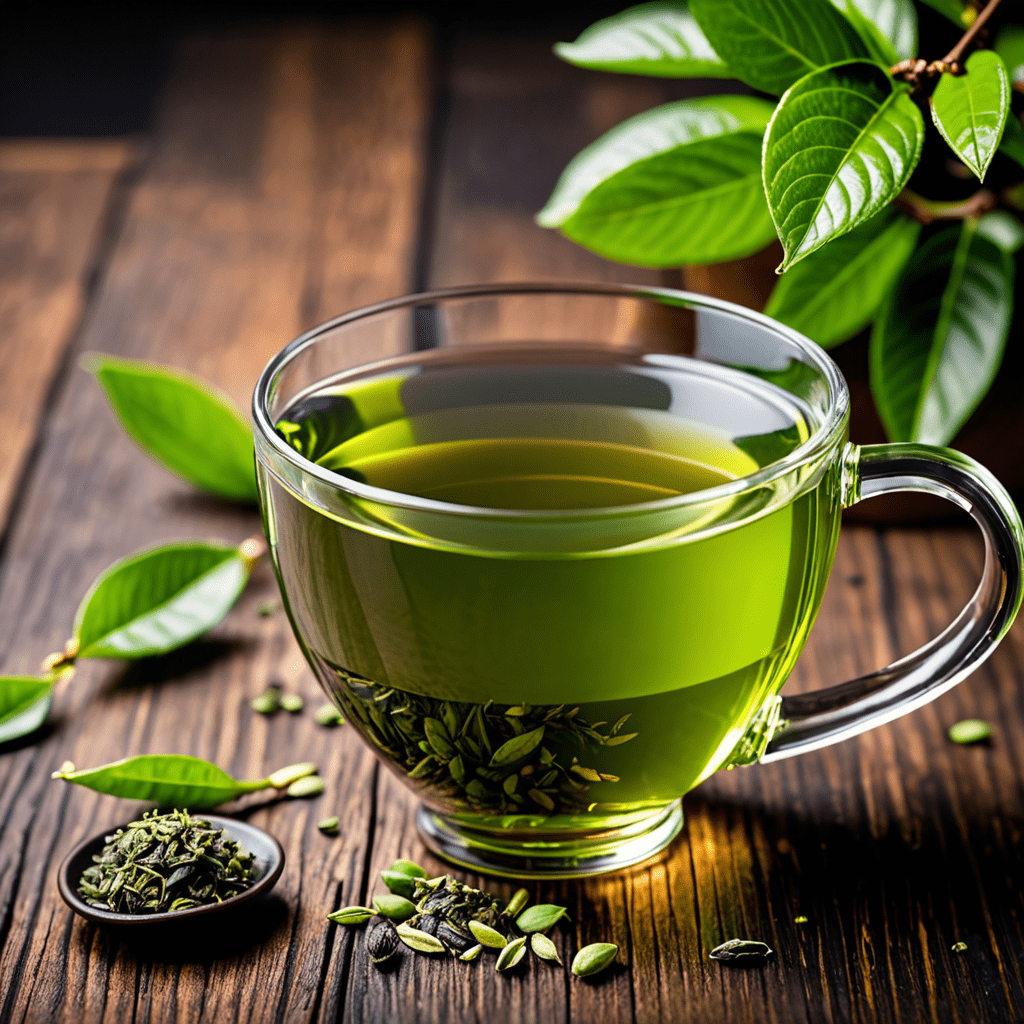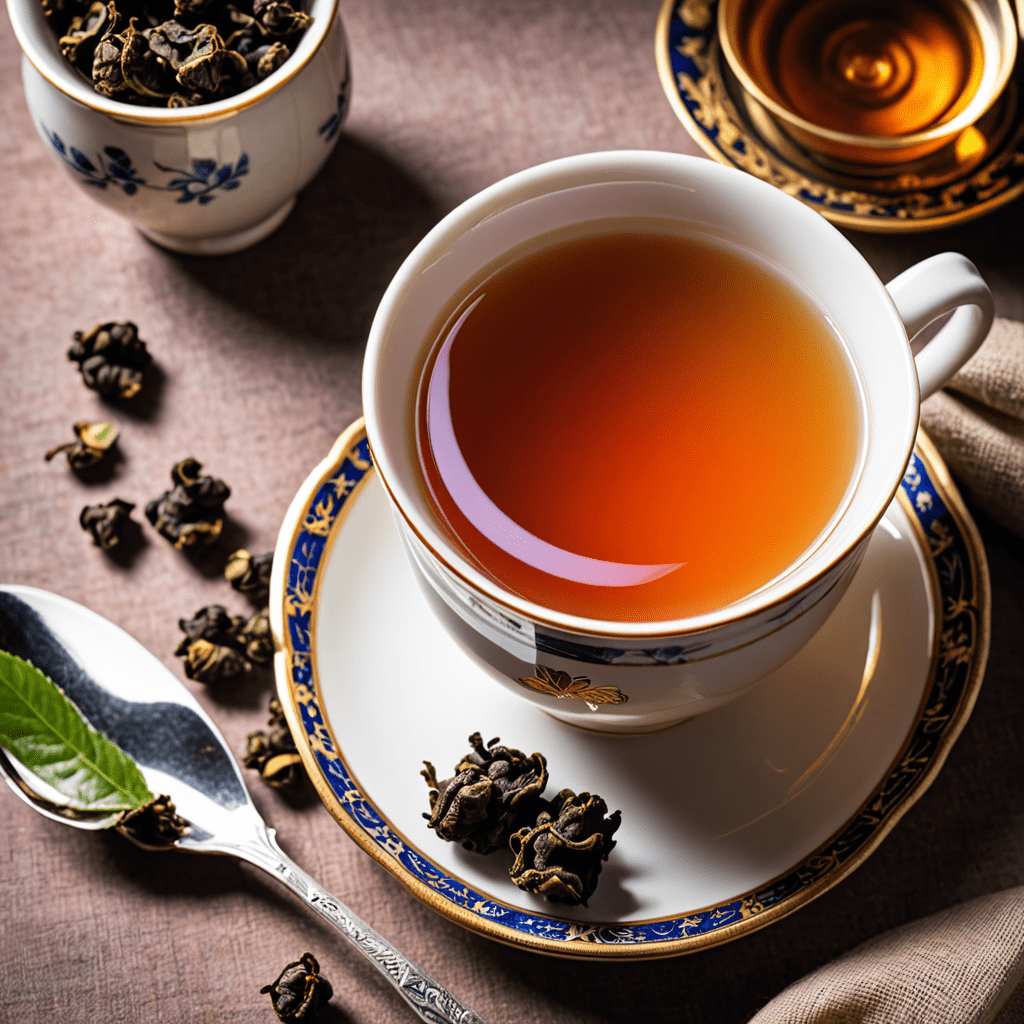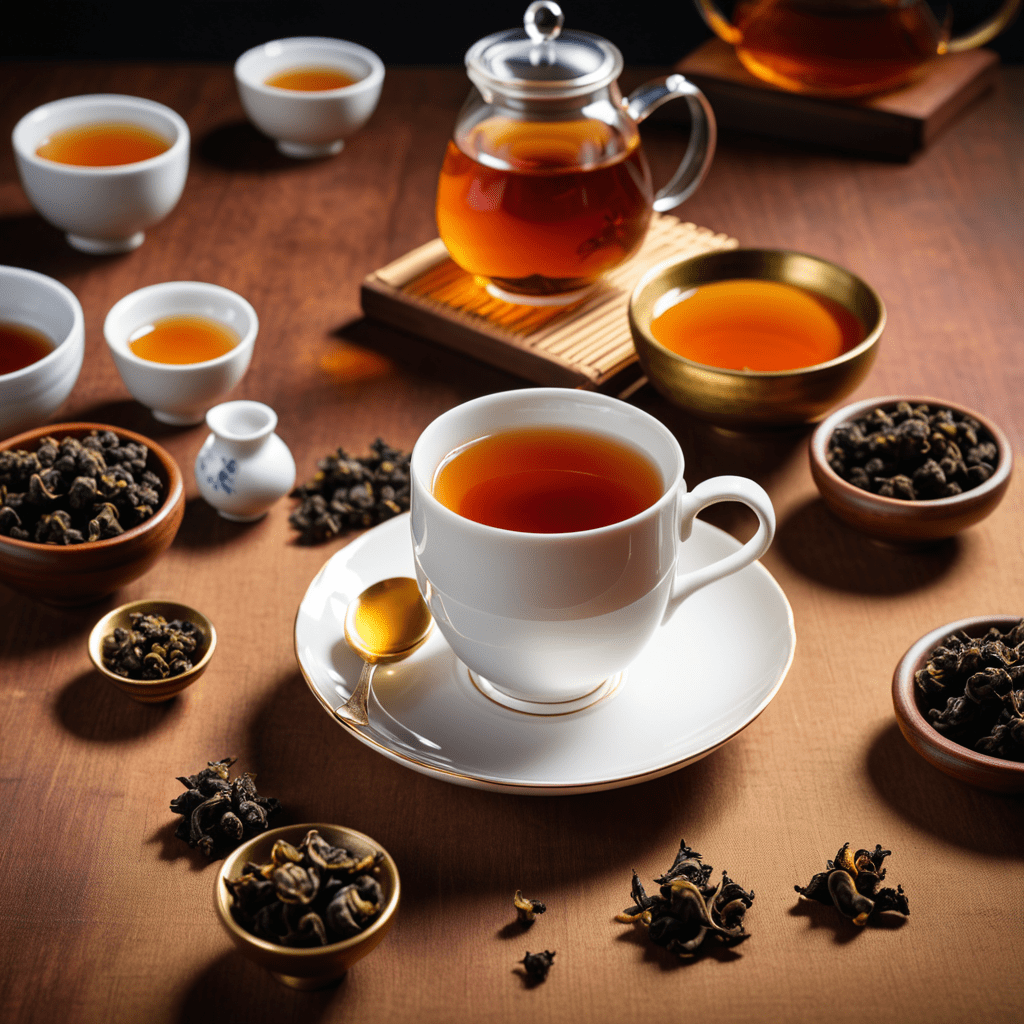The Chawan (Tea Bowl)
The chawan, or tea bowl, is the most important utensil in the Japanese tea ceremony. It is used to hold the matcha, or powdered green tea, and the hot water that is whisked together to create the tea. Chawans are typically made of ceramic, and they come in a variety of shapes and sizes. The shape of the chawan can affect the taste of the tea, so it is important to choose a chawan that is suited to your personal preferences.
The Chakin (Tea Cloth)
The chakin, or tea cloth, is used to wipe the chawan clean before and after use. It is also used to wipe the hands of the tea master and the guests. Chakins are typically made of linen or cotton, and they are often decorated with simple designs. The chakin is a symbol of purity and cleanliness, and it is an important part of the tea ceremony ritual.
The Chasen (Tea Whisk)
The chasen, or tea whisk, is used to whisk the matcha and hot water together to create a frothy tea. Chasens are typically made of bamboo, and they have a variety of different shapes and sizes. The shape of the chasen can affect the texture of the tea, so it is important to choose a chasen that is suited to your personal preferences.
The Natsume (Tea Caddy)
The natsume, or tea caddy, is used to store the matcha. Natsumes are typically made of ceramic or lacquer, and they come in a variety of shapes and sizes. The shape of the natsume can affect the flavor of the tea, so it is important to choose a natsume that is suited to your personal preferences.
The Kama (Kettle)
The kama, or kettle, is used to heat the water for the tea. Kamas are typically made of iron or copper, and they come in a variety of shapes and sizes. The shape of the kama can affect the taste of the tea, so it is important to choose a kama that is suited to your personal preferences.
The Mizusashi (Water Container)
The mizusashi, or water container, is used to hold the water that is used to make the tea. Mizusashis are typically made of ceramic or lacquer, and they come in a variety of shapes and sizes. The shape of the mizusashi can affect the taste of the tea, so it is important to choose a mizusashi that is suited to your personal preferences.
The Chaire (Tea Scoop)
The chaire, or tea scoop, is used to measure out the matcha. Chaires are typically made of bamboo, and they come in a variety of different shapes and sizes. The shape of the chaire can affect the amount of matcha that is used, so it is important to choose a chaire that is suited to your personal preferences.
The Kensui (Waste Water Container)
The kensui, or waste water container, is used to hold the waste water that is produced when the tea is whisked. Kensuis are typically made of ceramic or lacquer, and they come in a variety of shapes and sizes. The shape of the kensui can affect the ease of use, so it is important to choose a kensui that is suited to your personal preferences.
The Koboshi (Incense Container)
The koboshi, or incense container, is used to hold the incense that is used to purify the tea room before the tea ceremony begins. Koboshis are typically made of ceramic or lacquer, and they come in a variety of shapes and sizes. The shape of the koboshi can affect the ease of use, so it is important to choose a koboshi that is suited to your personal preferences.
The Kaoshi (Tea Spoon)
The kaoshi, or tea spoon, is used to transfer the matcha from the natsume to the chawan. Kaoshis are typically made of bamboo, and they come in a variety of different shapes and sizes. The shape of the kaoshi can affect the ease of use, so it is important to choose a kaoshi that is suited to your personal preferences.
FAQ
What are the different types of tea ceremony utensils?
There are many different types of tea ceremony utensils, each with its own unique purpose. Some of the most common utensils include the chawan (tea bowl), the chakin (tea cloth), the chasen (tea whisk), the natsume (tea caddy), the kama (kettle), the mizusashi (water container), the chaire (tea scoop), the kensui (waste water container), the koboshi (incense container), and the kaoshi (tea spoon).
What are the materials used to make tea ceremony utensils?
Tea ceremony utensils are typically made from a variety of materials, including ceramic, lacquer, bamboo, and metal. The choice of materials depends on the specific utensil and its intended use.
How do I care for tea ceremony utensils?
Tea ceremony utensils should be cleaned and cared for according to the specific instructions provided by the manufacturer. In general, it is important to avoid using harsh chemicals or detergents, and to dry utensils thoroughly after use.



